|
|
As climate change and global food demand continue to rise, agricultural practices must adapt to ensure a sustainable future. One such practice that has stood the test of time is crop rotation, a technique that benefits not only the environment but also the farmer’s wallet.
With careful planning and sound management, sustainable crop rotation has the potential to transform modern agriculture and secure our food supply for generations to come.
At its core, sustainable crop rotation involves strategically planting different crops in a sequence on the same plot of land over multiple growing seasons. This method not only minimizes soil depletion but also helps prevent pest infestations and disease outbreaks. As a result, farmers can enjoy better yields without resorting to harmful chemicals or excessive water use, thereby reducing their environmental footprint and bolstering the resilience of their fields.
In this article, we explore various crop rotation strategies that promote soil health and productivity. Read on to unearth the secrets of sustainable crop rotation practices that have been nourishing our planet for centuries.
Key Takeaways
- Sustainable crop rotation enhances soil fertility, manages pests, and improves crop yields, bolstering agricultural resilience.
- Crop rotation strategies range from simple dyads to complex sequences tailored to specific farming goals.
- Precise record-keeping aids in successful crop rotation planning, helping avoid nutrient depletion and disease spread.
- Crop rotation benefits include disease control, soil fertility, weed management, erosion control, and enhanced biodiversity.
- Despite challenges such as advanced planning and limited land, crop rotation’s long-term sustainability benefits make it a valuable agricultural practice.
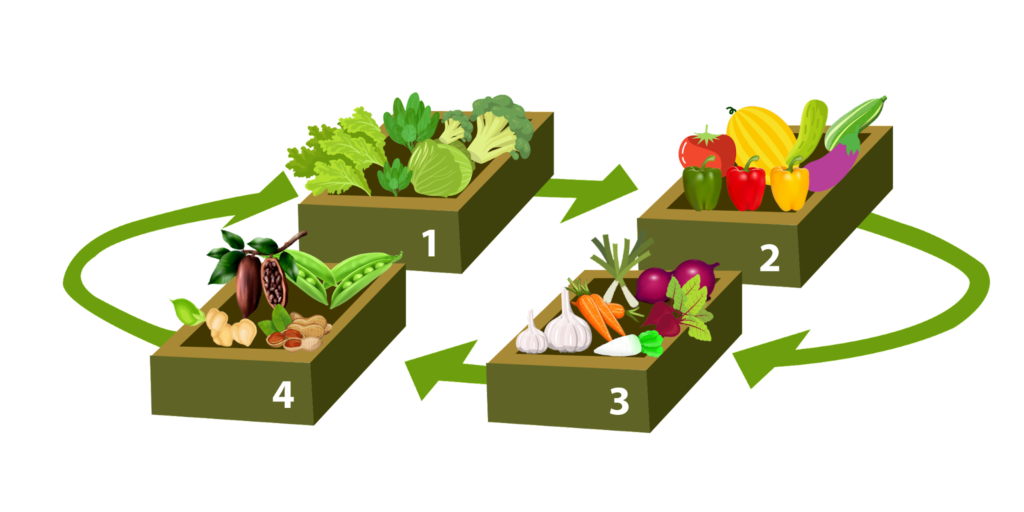
The Science Behind Crop Rotation: Understanding Soil Nutrient Dynamics
The key to successful crop rotation lies in understanding how different plants affect soil nutrient dynamics.
Each crop has unique nutrient requirements, meaning they will deplete specific nutrients from the soil while leaving others untouched. However, by rotating crops with complementary nutrient needs, farmers can replenish depleted nutrients and maintain balanced soil fertility.
Moreover, certain crops are capable of enhancing soil structure by breaking up compacted layers, stimulating microbial activity, and improving water infiltration rates. This not only supports plant growth but also helps reduce erosion and runoff, contributing to overall sustainability in agriculture.
Crop Rotation: Separate Beds and Plots
A smart approach to guaranteeing effective crop rotation relies on the use of multiple segregated garden plots. Some gardeners prefer having a plot of land divided into a few zones. In such an arrangement, different crops are strategically rotated among these zones.
However, it’s important to note that this method, while functional and often convenient, holds a significant downside that could potentially impact the health and yield of the crops. Most commonly, the entire plot, regardless of its segmented zones, is subjected to the processes of tilling or cultivation simultaneously.
Additionally, the intent behind the separate zones is to maintain a level of isolation between different crops to prevent the spread of diseases and pests. Still, the unintended mixing of soil between the zones through tilling can undermine this goal. In this process, the soil from different zones gets intermixed, effectively creating a homogenized plot rather than distinct, controlled environments.
To avoid this issue, you can consider planting your crops in garden beds. Building garden beds can be quite straightforward, depending on the complexity and scale of the garden you wish to establish. With some basic tools and materials, along with a clear understanding of the process, you can create garden beds without too much difficulty. You can follow online tutorials such as this one available on Youtube:
Popular Crop Rotation Systems: From Simple Dyads to Complex Sequences
There are different crop rotation systems ranging from simple dyads (two-crop rotations) to complex sequences. The complexity of the rotation often depends on the goals of the farmer, the types of crops being grown, and the resources available.
More complex rotations can often provide more benefits, like improved soil health and fertility, pest and disease management, and improved crop yields, but they can also require more planning and management.
Let’s discuss a few of them.
Simple Dyads or Two-Crop Rotations
- Corn-soybean rotation. This is a common rotation in the U.S. Midwest that allows farmers to use less nitrogen fertilizer when growing corn. The two crops have different pest complexes, so the pest cycles are disrupted.
- Wheat-fallow rotation. This rotation is common in dry regions. Wheat is grown in the first year, and the land is left fallow in the second year to conserve moisture.
Three-Crop Rotations
- Corn-soybean-wheat rotation. This is an example of a more diversified rotation. After wheat is harvested, cover crops like clover or rye can be planted for additional soil health benefits. This type of crop rotation can be more effective when it comes to increasing crop productivity and improving soil health compared to the 2-year corn-soybean rotation.
- Beans-tomatoes-sweet corn rotation. In vegetable production, it’s beneficial to rotate families of vegetables. Three crop rotation can increase crop yields and decrease soil erosion.
Four-Crop Rotations
- Corn-oats-mixed grass-legume hay-pasture rotation. This rotation incorporates a small grain (like oats or wheat) and a cover crop, which can help improve soil health and disrupt pest and disease cycles. Rotating crops this way allows to keep good soil and maintain the organic matter within it.
- Tomatoes-sweet corn-okra-beans. For small vegetable farms, this rotation can help manage soil-borne diseases and pests and increase soil fertility through the inclusion of nitrogen-fixing legumes like beans.
Here’s a more detailed example of a four-crop rotation, including tomatoes, sweet corn, okra, and beans, you can try or adjust based on the particular crops you want to grow.
| Year | Bed A | Bed B | Bed C | Bed D |
| 1 | Tomatoes | Sweet Corn | Okra | Beans |
| 2 | Sweet Corn | Okra | Beans | Tomatoes |
| 3 | Okra | Beans | Tomatoes | Sweet Corn |
| 4 | Brans | Tomatoes | Sweet Corn | Okra |
Table source: https://hgic.clemson.edu/factsheet/crop-rotation/#:~:text=A%20good%20example%20of%20a,separated%20garden%20plots%20or%20beds.
Planning Crop Rotation
Planning your crop rotation is a crucial part of successful farming or gardening.
Remembering the intricacies of the garden’s history can be challenging, given the fact that there are numerous details that can easily be overlooked or forgotten. This is where keeping precise records can provide considerable assistance.
Noting down important information such as the type of crops planted, their specific locations, the timing of their planting, and any pest-related incidents observed during the growing season is a great way to create a valuable resource for future planning.
For instance, you could maintain a table outlining your crop rotation strategy for the next four years, providing a clear visual reference to guide your activities and ensure a successful crop rotation. All you need is a simple notebook and pen or a spreadsheet in Excel. You can also consider using gardening apps such as Kheti Buddy, Croptracker, or EasyFarm.
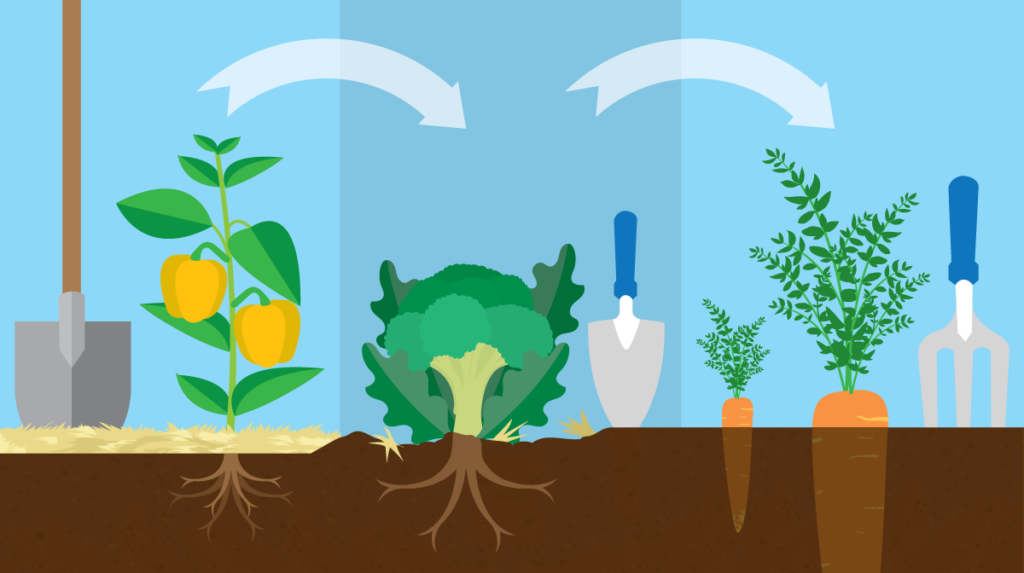
Benefits of Crop Rotation
Crop rotation is an important agricultural practice that offers several benefits to the health of the soil, the yield of the crops, and the sustainability of farming systems. Here’s a closer look at some of the primary advantages of implementing crop rotation:
- Disease and pest control. Different crops are susceptible to different pests and diseases. By rotating crops, the life cycles of these pests and diseases can be disrupted, reducing their populations and potentially preventing infestations.
- Soil fertility management. Different crops have varying nutrient requirements. Some crops, such as legumes, can even fix nitrogen from the atmosphere, thereby improving soil fertility. By rotating crops with diverse nutrient needs, farmers can avoid depleting the soil of specific nutrients.
- Weed management. Some crops, due to their dense growth or other characteristics, can effectively out-compete weeds, reducing the need for chemical weed control.
- Erosion control. Certain crops, like cover crops (e.g., legumes, grasses (forage grains), brassicas, turnips, radishes), can protect the soil from erosion by covering the ground year-round, thereby reducing soil and nutrient losses.
- Improved crop yield. Healthy soil and reduced disease and pest pressure can contribute to improved crop yield over time.
- Biodiversity enhancement, Rotation of crops leads to a more diverse agricultural ecosystem, which can attract beneficial insects and other organisms that contribute to overall farm health.
- Resilience to weather variability. Having a diversity of crops can also make a farm more resilient to variations in weather and climate, as different crops have different tolerance levels to drought, heat, cold, and excess moisture.
- Sustainability. Crop rotation reduces dependence on chemical fertilizers, pesticides, and herbicides, making farming more sustainable and less harmful to the environment.
Limitations of Crop Rotation
Although crop rotation is considered a valuable technique by many farmers worldwide, it’s still not a perfect solution. Here are some of the challenges associated with implementing crop rotation:
- Requires advanced planning. Effective crop rotation requires a well-thought-out plan that accounts for the specific nutrient needs, growth habits, and pest susceptibilities of various crops. This can be a complex process and might require a good deal of knowledge and experience.
- Limited land. For small-scale farmers or gardeners, there may be not enough land to implement a fully diversified crop rotation system. In densely populated areas or urban environments, space for farming is often at a premium.
- Market demand and crop value. Crop rotation often means growing a variety of different crops, some of which may not have as high a market value as others. If a farmer is economically dependent on a high-value crop, they may be less willing to rotate to a lower-value crop, even if it would benefit the soil and long-term sustainability.
- Labor and equipment needs. Different crops require different types of care, harvesting techniques, and sometimes even specialized equipment. This means that crop rotation can require a broader range of skills, more labor, and potentially more equipment than monoculture farming.
- Climate constraints. Some crops may not be suitable for rotation because they require very specific climate conditions.
- Knowledge gap. A deep understanding of crops, pests, diseases, soil types, and local conditions is required for effective crop rotation. This knowledge is often not readily available, especially to smallholder farmers in developing countries.
- Time. The benefits of crop rotation often take time to become evident. For example, soil fertility improvements may not be noticeable for several years, which can be discouraging for farmers who need to see short-term results.
- Pest and disease persistence. While crop rotation can help reduce pests and diseases, it doesn’t always eliminate them completely. Some pests and diseases can persist in the soil for many years, affecting future crops despite the rotation.
In Conclusion
Sustainable crop rotation remains an essential strategy in combating the effects of climate change on agriculture and meeting growing food demand. By planning diverse crop sequences, farmers can enhance soil fertility, manage pests and diseases, and improve yields, all while decreasing their environmental impact.
While it does present some challenges, such as requiring advanced planning, limited land availability, and a potential knowledge gap, the long-term benefits in terms of soil health, crop yield, and sustainability are compelling.
Crop rotation holds immense potential for securing the future of our global food supply, fostering a more resilient, sustainable, and productive agriculture sector.
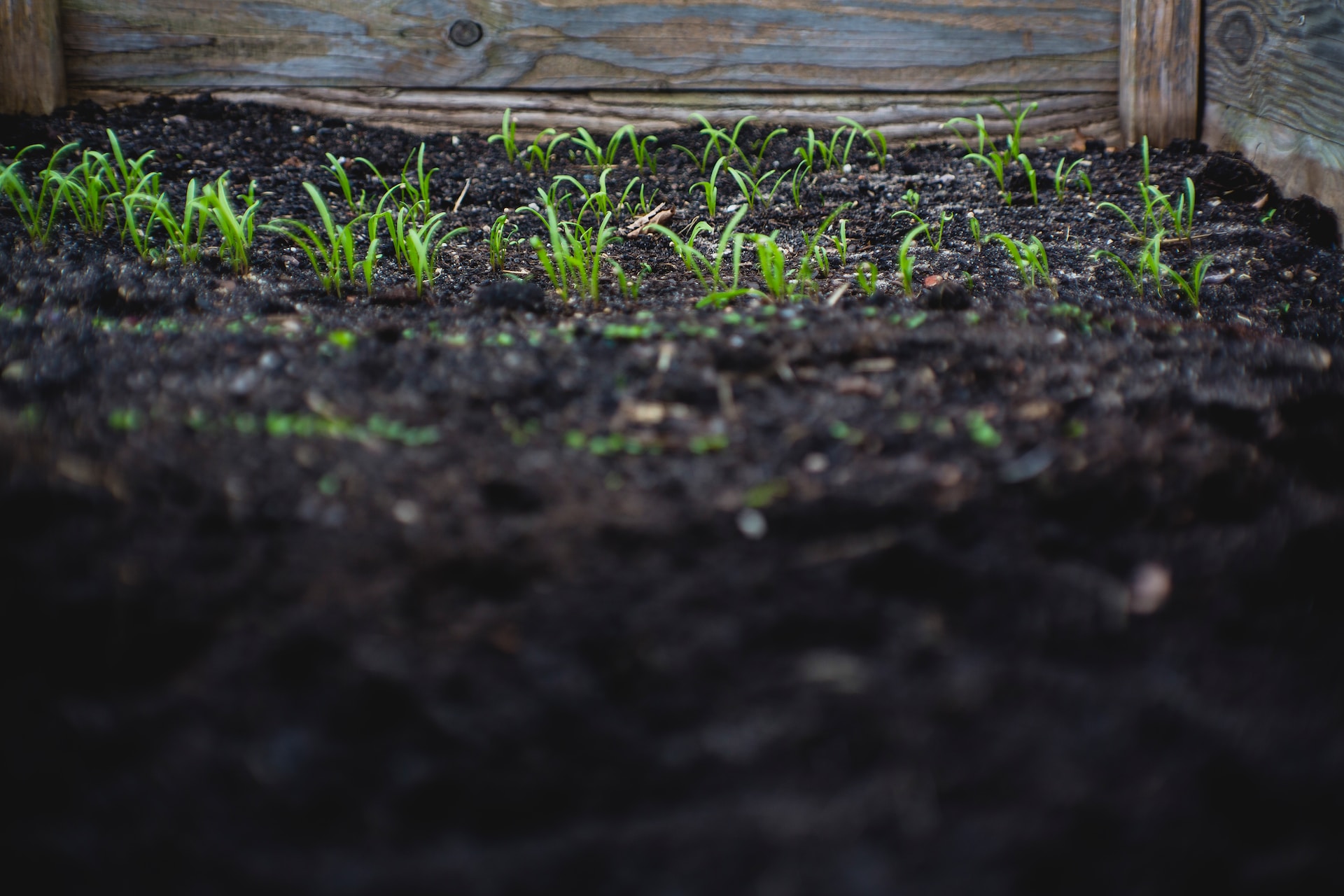







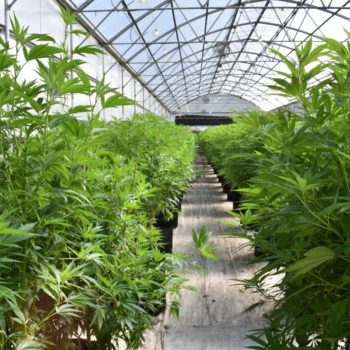
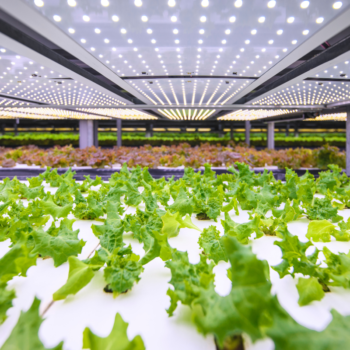
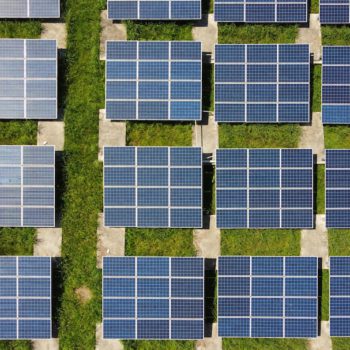


No Comments